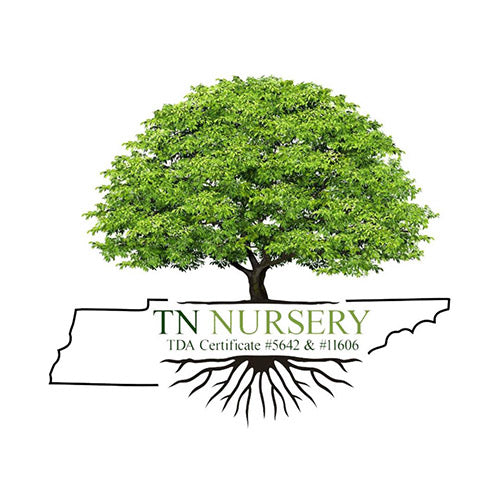Choosing the best perennials for your garden
It involves considering several factors, such as your climate, soil conditions, sunlight exposure, and personal preferences.
Here are some steps to help you select the ideal perennials for your garden:
Assess your garden:
Observe your garden's characteristics, including the amount of sunlight it receives throughout the day, soil type (e.g., clay, loam, sandy), and drainage conditions. Take note of any areas that are consistently wet or dry.
Determine your hardiness zone:
Find out your garden's hardiness zone to help you identify plants that can thrive in your specific climate.
Research perennials:
Consult gardening books, websites, or local garden centers to identify perennial plants well-suited to your zone, soil type, and sunlight conditions. Make a list of plants that catch your interest and that are known to thrive in your region.
Consider bloom time:
Perennials offer a wide range of flowering times, so consider selecting plants that bloom at different times throughout the year
This way, you can continuously display color in your flower bed from spring to fall.
Evaluate maintenance requirements:
Some perennials are low-maintenance, while others require more care. If you prefer low-maintenance plants, choose varieties that are known to be hardy and disease-resistant.
Consider height and spread:
Consider the mature size and distance of the perennials. It will help you determine the appropriate spacing between plants to prevent overcrowding and ensure they have enough room to grow and thrive.
Consider foliage and texture:
Perennials in various leaf shapes, sizes, and colors choose plants with complementary foliage and textures. Visit local nurseries or garden centers: Visit local nurseries or garden centers to see the perennials in person. It will allow you to assess the plant's health, size, and overall appearance before purchasing.
Seek recommendations:
Talk to experienced gardeners or join local gardening groups to seek proposals for perennials that thrive in your area.
Experiment and have fun:
Gardening is a creative and evolving process
Feel free to experiment and try new varieties of perennials each year. Over time, you'll discover which plants thrive in your garden and develop a collection that brings you joy and beauty.
Remember, choosing the best perennials for your garden involves research, planning, and personal preference. You can create a unique and thriving perennial garden by considering your garden's conditions and selecting the right plants. -- Tn Nursery https://www.tnnursery.net
